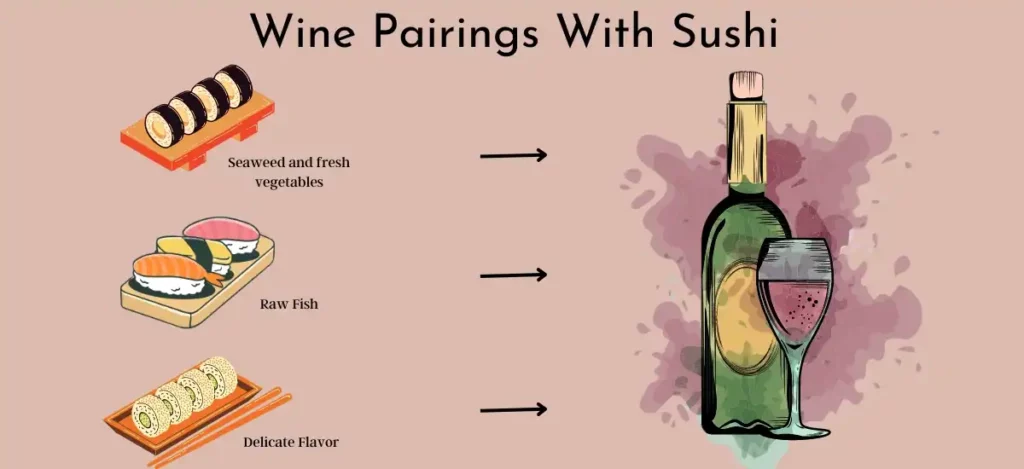Welcome To Pourwinebar
Wine! Dine! Cheers to the Moments & Memories
Our story
About us
True love, according to pourwinebar.com, is more than simply an emotion; wine is more than just the grape juice and alcohol it’s made from. Each requires time to mature because of the subtlety and complexity of its components. That, at least, is my interpretation of the quote’s subject matter.
With that in mind, we at pourwinebar.com are here to spread even more cheer by providing helpful guidelines for determining which wines would be an exciting addition to a wine list.
If I had to sum up pourwinebar.com in a sentence, its mission is to educate and amuse readers about the joys of sipping a fine vintage. Not only that, but we also provide some helpful pointers on how to maximize the taste.
WHAT WE DO

WINE PAIRINGS

DRINKING GAMES

WINE TASTING

BARTENDER

DECORS








